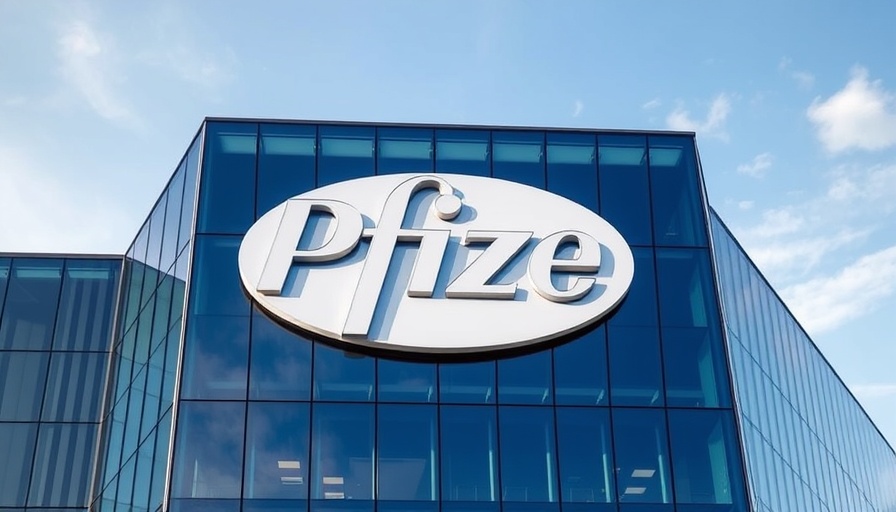
Pfizer's Abrocitinib: A New Hope for Atopic Dermatitis
Pfizer's innovative treatment, abrocitinib, is breaking new ground in the management of atopic dermatitis (AD), a chronic inflammatory skin disorder that affects millions worldwide. Recently, the Central Drugs Standard Control Organization (CDSCO) Expert Committee accepted the Phase III data for abrocitinib, opening the door for potential approval in India. This pivotal moment marks a significant advancement in dermatological therapies, particularly for patients who have been seeking alternative solutions.
Understanding Abrocitinib: Mechanism and Benefits
Abrocitinib operates as a Janus kinase (JAK) inhibitor, a class of medications designed to block specific pathways in the immune response that contribute to inflammation and skin irritation. This therapeutic approach does not merely alleviate symptoms but aims to address the underlying causes of atopic dermatitis. Patients with moderate to severe forms of AD have reported significant improvements using abrocitinib, including reduced itchiness and better skin hydration, which can drastically improve quality of life.
The Importance of Clinical Trials and Regulatory Approval
The successful acceptance of the Phase III trial data by the CDSCO is a crucial step in the regulatory process for new drugs. This phase involved extensive testing on larger populations, and the positive outcomes highlighted the efficacy and safety of abrocitinib against a backdrop of stringent regulatory standards. It signifies not only the potential approval for use in India but also reinforces Pfizer's commitment to enhancing patient care through rigorous testing and evidence-based outcomes.
Global Perspectives: Comparing Approval Processes
While India navigates its own approval pathways, other countries, such as the United States, have already embraced abrocitinib within their treatment guidelines. The U.S. Food and Drug Administration (FDA) approved the drug in 2021, establishing a precedent that showcases the importance of global regulatory harmonization. Understanding the varying landscapes of drug approval provides insights into how similar treatments may fare in different regions.
What Lies Ahead: Future Potential and Market Impact
The successful introduction of abrocitinib could reshape the therapeutic landscape for atopic dermatitis, especially in markets that have leaned heavily on traditional therapies. The global market for eczema treatments is projected to grow significantly, stimulated by emerging treatments like abrocitinib. This expansion raises vital questions about accessibility and healthcare equity in regions that struggle with dermatological care.
Capitalize on the Learning Curve: Insights for Patients and Caregivers
As abrocitinib clears regulatory hurdles, it becomes increasingly crucial for patients and caregivers to stay informed. Understanding medication options, their mechanisms, and potential side effects is paramount to making educated decisions regarding their healthcare. Active participation in discussions with healthcare professionals can empower patients to advocate for themselves and their treatment needs.
Debunking Common Misconceptions About JAK Inhibitors
Despite the promising advances associated with abrocitinib and similar therapies, misconceptions about JAK inhibitors remain prevalent. Some individuals erroneously believe these medications are unsafe due to their mechanism of action. In reality, rigorous clinical trials backed by extensive monitoring have demonstrated their effectiveness and safety in the management of chronic conditions. Patients should seek credible sources of information to dispel fear and embrace informed treatment options.
Conclusion: The Road Ahead for Abrocitinib in India
The acceptance of abrocitinib's Phase III data by the CDSCO marks a critical juncture for dermatology in India. As patients await the final regulatory decision, the impact of this innovative therapy looms large—a beacon of hope for millions suffering from atopic dermatitis. Staying abreast of these developments not only reflects the evolving landscape of treatment options but also promotes a proactive approach to healthcare.
 Add Row
Add Row  Add
Add 




Write A Comment